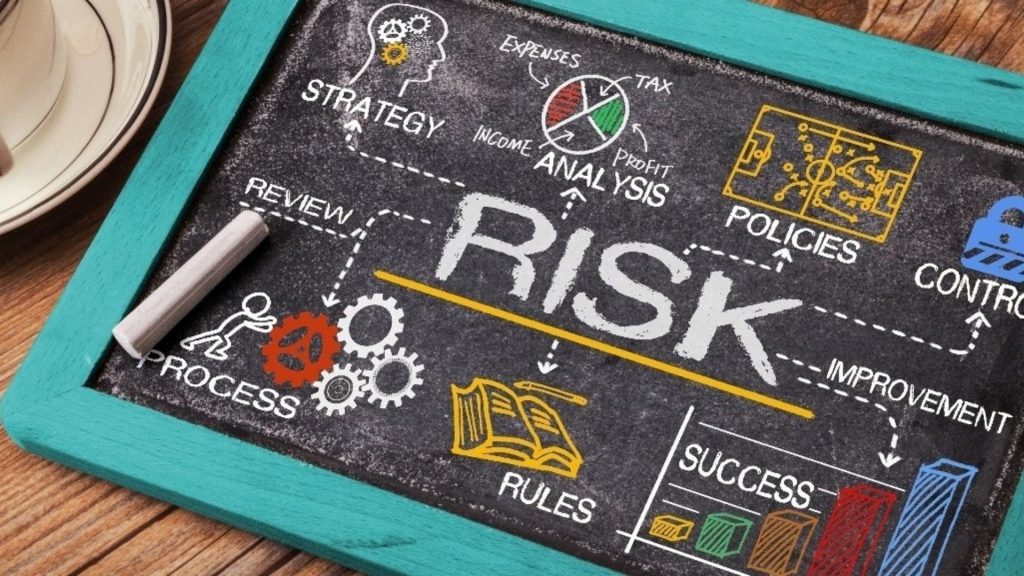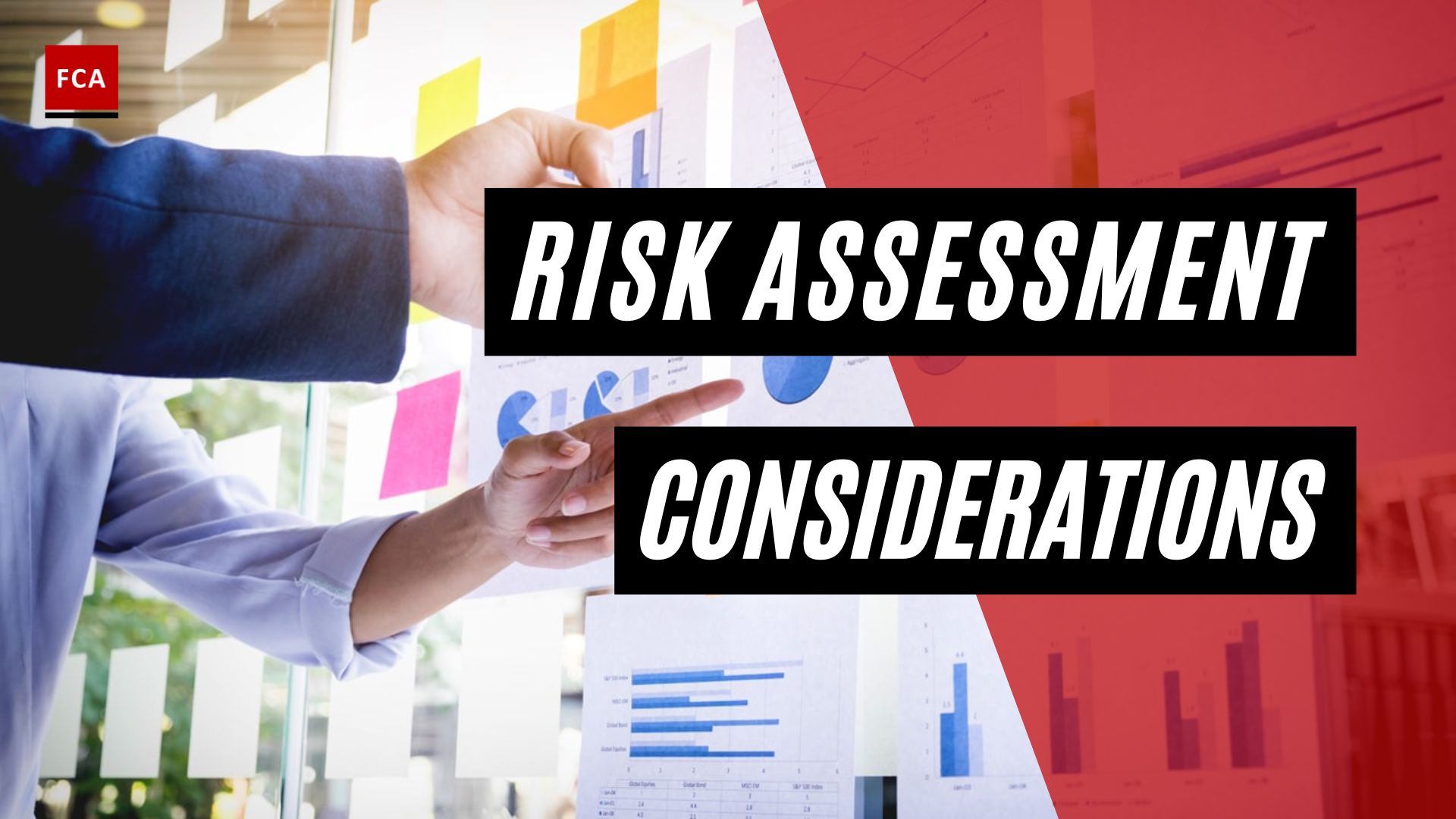El control de los riesgos de peligro seleccionados. Existen varios tipos de riesgos a los que puede estar expuesta una organización. Estos riesgos se clasifican como riesgos relacionados con la salud y la seguridad. Todas las organizaciones están obligadas a cumplir las leyes y reglamentos relacionados con la salud y la seguridad.
Control de los riesgos seleccionados
Es responsabilidad del empresario proporcionar un buen entorno de trabajo a los empleados y al personal para garantizar que trabajen en un ambiente tranquilo sin estar expuestos a riesgos relacionados con problemas de salud.
Las organizaciones que se dedican a la construcción, los trabajos técnicos, los trabajos eléctricos o sectores similares son más vulnerables a los problemas de salud y seguridad. Los empleados que trabajan en los centros de trabajo deben recibir la formación, las herramientas y el equipo necesarios para ejecutar sus tareas de forma segura.

Riesgos en el lugar de trabajo
Los peligros de incendio, los accidentes laborales, las caídas de gran altura y la electrocución son todas posibilidades. Todos los riesgos suponen un peligro para las empresas y deben ser detectados y controlados lo antes posible. Estos peligros van acompañados de amenazas financieras, de reputación y normativas.
Las malas condiciones de trabajo pueden provocar el descontento de los empleados, lo que a su vez puede provocar daños en las infraestructuras. Las huelgas de empleados insatisfechos interrumpen las operaciones corporativas, lo que resulta en pérdidas financieras y operativas para la organización.
Cosas que hacer para evitar accidentes
Para evitar estas situaciones, el empresario debe organizar periódicamente una formación adecuada y proporcionar un mejor entorno y herramientas de trabajo.
La formación relacionada con la prevención de riesgos para la salud y la seguridad tiene como objetivo desarrollar la experiencia en la aplicación de principios y herramientas científicas, de ingeniería y tecnológicas para realizar trabajos técnicos. La formación proporcionará los conocimientos científicos y tecnológicos básicos relacionados con la seguridad contra incendios y permitirá a los empleados evaluar los riesgos y concebir estrategias de protección en relación con los posibles peligros. También producirá una fuerza laboral ingeniosa y competente con una gama de habilidades y experiencia relevantes para la industria y el comercio modernos y, en particular, para desarrollar una gama de competencias y conocimientos de apoyo para profesionales en ejercicio en el campo de la salud y la seguridad.
Las organizaciones deben garantizar que las prácticas y procedimientos de salud y seguridad de los empleados sean rentables. Cuando se abordan los riesgos para la salud y la seguridad, la reducción de costos no debe ser una prioridad. Cualquier ocurrencia que involucre el accidente de un empleado en el trabajo puede exponer a la empresa a varios peligros, incluido el riesgo de reputación, el riesgo financiero, el riesgo operativo y el riesgo regulatorio.
¿Qué es el riesgo de reputación?
Un riesgo para la reputación surge en un evento de salud y seguridad cuando la lesión o muerte de un empleado en el trabajo debido a las malas condiciones de trabajo o a un mal ambiente laboral puede convertirse en noticia pública, dando lugar a declaraciones y comentarios desagradables contra la empresa. Asimismo, debido a los peligros del lugar de trabajo, la empresa puede verse obligada a pagar grandes sanciones, lo que supone pérdidas económicas.
Las organizaciones con un elevado número de problemas de salud y seguridad notificados pueden perder cuota de mercado a medida que los clientes pierden la confianza en ellas. Los clientes dejan de comprar productos y servicios a las empresas que tienen prácticas de salud y seguridad deficientes y no llevan a cabo una gestión de riesgos. La rotación de empleados también es común en tales empresas debido a los peligros del trabajo, la falta de recursos y herramientas adecuadas, y estrategias para minimizar los posibles accidentes y riesgos relacionados.
Por ello, es fundamental que las empresas reconozcan los problemas de salud y seguridad y los incluyan en todo su marco de gestión de riesgos. Para garantizar que todos los riesgos de salud y seguridad identificados se mitiguen eficazmente con controles sólidos, dichos riesgos deben revisarse periódicamente y debe verificarse la eficacia operativa de los controles.
Como parte de la gestión de los riesgos para la salud y la seguridad, las organizaciones deben consolidar los datos de los incidentes, que sirven como punto de referencia para que la organización se asegure de que tales eventos no se repitan en el futuro. La adquisición de datos de pérdidas puede ayudar a los administradores a evaluar los riesgos peligrosos existentes y diseñar las estrategias de mitigación apropiadas en consecuencia.
Clasificación del riesgo
El nivel de riesgo se suele clasificar en función del daño potencial o el efecto adverso para la salud que puede causar el peligro, el número de veces que se expone la gente y el número de personas expuestas. La exposición a las fibras de amianto en el aire, por ejemplo, siempre se clasificará como alta porque una sola exposición puede provocar una enfermedad pulmonar potencialmente mortal, mientras que el riesgo asociado al uso de una pantalla durante un breve periodo de tiempo puede considerarse muy bajo porque el daño potencial o los efectos adversos para la salud son mínimos.
¿Qué son las medidas de control?
Las medidas de control incluyen acciones que se pueden llevar a cabo para reducir el potencial de exposición al peligro, o la medida de control podría consistir en eliminar el peligro o reducir la probabilidad de que se produzca ese riesgo. Una medida de control sencilla sería asegurar las partes móviles de la maquinaria para eliminar la posibilidad de contacto. Al hablar de las medidas de control, a menudo nos referimos a la jerarquía de medidas de control.
Eliminar el peligro
La eliminación del peligro no siempre es posible, pero elimina por completo el peligro y, por tanto, el riesgo de exposición. Por ejemplo, desde que se eliminó el plomo de los productos de gasolina que se venden en las gasolineras de Irlanda, los empleados de las mismas ya no corren el riesgo de intoxicación crónica por plomo.
Sustituir el peligro por un riesgo menor
La sustitución del peligro puede no eliminar todos los riesgos asociados con el proceso o la actividad y puede introducir nuevos riesgos, pero el daño global o los efectos sobre la salud se reducirán. En la actualidad, el tolueno se utiliza con frecuencia como sustituto del benceno en la investigación de laboratorio. Aunque las propiedades de los disolventes de ambos son similares, el tolueno es menos tóxico y no está clasificado como carcinógeno, a pesar de que el tolueno puede causar graves daños neurológicos.
Reflexiones finales
La gravedad del peligro y sus posibles resultados se consideran junto con otros factores, como el nivel de exposición y el número de personas expuestas, así como el riesgo de que ese peligro se materialice. Hay una variedad de fórmulas utilizadas para calcular el riesgo global, que van desde cálculos sencillos que utilizan categorías de riesgo alto, medio y bajo hasta complejos algoritmos utilizados para calcular los riesgos en centrales nucleares y otros lugares de trabajo de alto riesgo.








